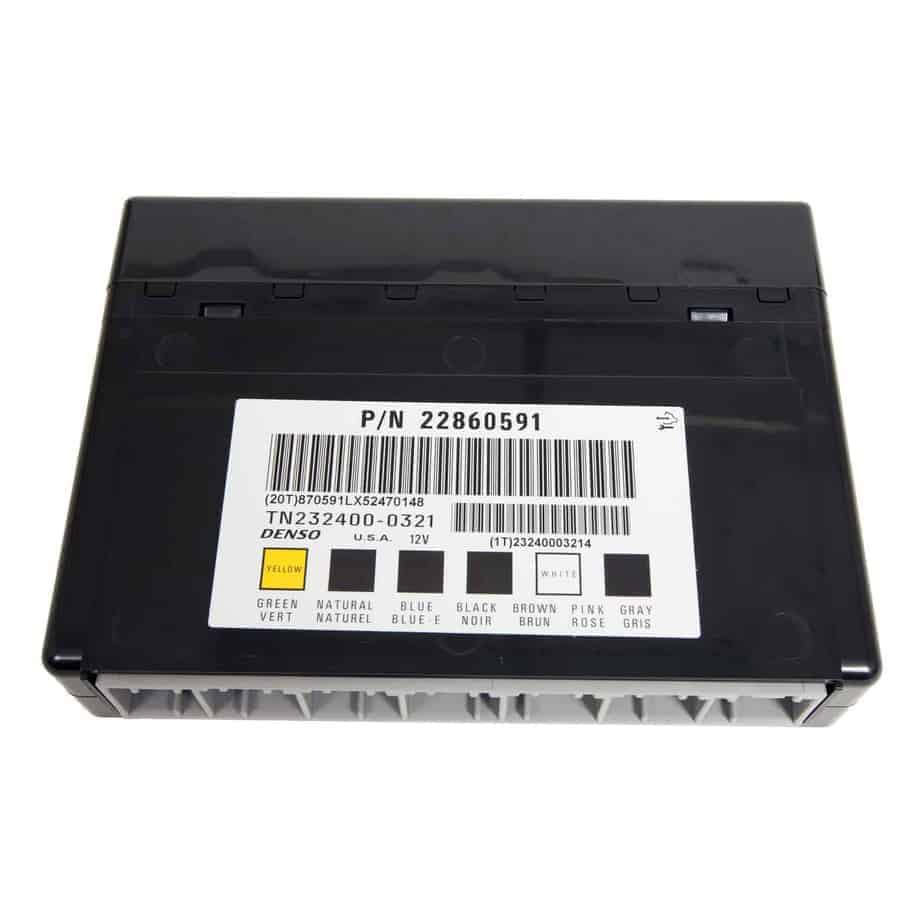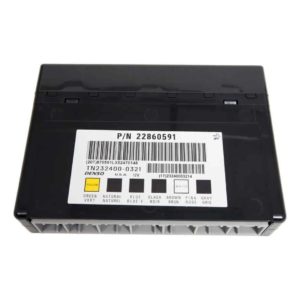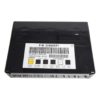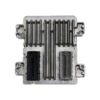Restore Your Traverse’s Electrical System with a Plug-and-Programmed BCM
Are you chasing electrical gremlins in your 2009-2012 Chevrolet Traverse? Flickering lights, malfunctioning power windows, or a dashboard that lights up with random warnings are classic signs of a failing Body Control Module (BCM). As the central hub for your vehicle’s body electronics, a faulty BCM can cause a cascade of frustrating and unpredictable issues. Stop swapping relays and checking fuses—get to the root of the problem with a reliable, pre-programmed replacement.
This isn’t a used part from a salvage yard that will create more headaches. We are providing a dependable Body Control Module, part number 25892622, that is professionally flashed with the latest GM software specifically for your vehicle. Simply provide your VIN at checkout, and we handle the complex programming for you. This saves you a costly trip to the dealership and ensures your vehicle’s features operate exactly as they did from the factory.
From the Diagnostic Bay: A Common Traverse Case
Just last month, a 2011 Traverse was towed to my shop. The owner was at their wit’s end. The radio would turn on and off by itself, the door locks were cycling while driving, and the final straw was the security light staying on, causing a no-start condition. A quick scan with my diagnostic tool pulled up a slew of communication codes, most notably a U0140 – Lost Communication With Body Control Module. After verifying the BCM’s power and grounds were solid, the diagnosis was clear. The internal logic of the original BCM had failed. We installed one of our VIN-programmed modules, performed the quick SDM key relearn, and the vehicle was back to 100% functionality. The customer drove away with all electrical systems stable and reliable.
Is Your Vehicle Showing These Symptoms?
- ✔ Erratic or non-functional interior/exterior lights.
- ✔ Power windows, door locks, or mirrors working intermittently or not at all.
- ✔ The security system acting up, leading to no-start or alarm issues.
- ✔ Inconsistent or non-working dashboard gauges and warning lights.
- ✔ Communication-related Diagnostic Trouble Codes (DTCs) like U0140, U0155, or other U-codes.
- ✔ Problems with the heating and A/C blower motor controls.
- ✔ Key fobs that suddenly stop working.
A Straightforward Guide to Your BCM Installation
Replacing the Traverse Body Control Module is a manageable job for a confident DIYer. The BCM is typically located on the left-hand (driver’s) side of the dash. While specific steps can vary, here’s a general guide:
- Safety First: Always disconnect the negative terminal from your vehicle’s battery before working on any electronic components.
- Access the Module: You will likely need to remove the lower dash panel beneath the steering column to gain access to the BCM. This usually involves a few screws or clips.
- Identify and Disconnect: Locate the BCM. It will have several large multi-pin electrical connectors. Carefully release the locking tabs on each connector and pull them straight out.
- Remove the Old BCM: Unbolt or unclip the old module from its mounting bracket and remove it from the vehicle.
- Install the New BCM: Mount your new, pre-programmed BCM in the same location. Reconnect all electrical connectors, ensuring they click securely into place.
- Post-Installation Procedures: Reconnect the battery. You MUST perform the ‘Setup SDM Primary Key in BCM’ procedure with a capable scan tool to ensure the airbag system communicates correctly and the warning light goes out. Some vehicles may also require a Brake Pedal Position Sensor recalibration.
- Test Everything: Start the vehicle and test all body functions—lights, locks, windows, radio, etc.—to confirm a successful installation.
Verified Vehicle Compatibility
This BCM is a direct replacement for a wide range of General Motors vehicles and interchanges with numerous part numbers, ensuring broad compatibility. While the primary fitment is for the 2009-2012 Chevrolet Traverse, it also fits models like the Acadia, Enclave, Impala, various Express/Savana vans, and many more. Please match your original part number to the list below to guarantee correct fitment for your specific application.
Replaces Part Numbers: 10382479, 15093910, 15276271, 15299986, 15819552, 15828601, 15837419, 15872388, 15872421, 15880684, 15921352, 15921353, 15948438, 15948439, 20815898, 20839063, 20864767, 20864768, 20921435, 20921436, 20935349, 22860591, 25826124, 25826125, 25847588, 25847589, 25892622, 25910474, 25934762, 25934763, 95151084
Frequently Asked Questions
Why do you need my VIN?
Your Vehicle Identification Number (VIN) allows us to program the Body Control Module with the exact software and vehicle-specific options from GM. This ensures all features work correctly and makes the installation process much smoother, avoiding a trip to the dealer.
Is any other programming required after installation?
While the main programming is done for you, you will need to perform a security relearn procedure, often called the ‘Setup SDM Primary Key in BCM,’ using a compatible diagnostic scan tool. This syncs the BCM with the airbag system. A brake pedal position sensor calibration may also be necessary on some models.
Can I use a BCM from a junkyard?
It’s highly discouraged. A used BCM is programmed to a different vehicle’s VIN and options. This can cause features to not work, create new error codes, and may even prevent the vehicle from starting. Our pre-programmed module is the reliable, hassle-free solution.
Will this fix my ‘Service Airbag’ light?
If the airbag light is on due to a communication failure with a faulty BCM, then yes, this part will resolve the root cause. However, after installation, the ‘Setup SDM Primary Key’ procedure is mandatory to clear the light and ensure the system is operational.
How do I find my original part number?
The part number is printed on a sticker directly on your original BCM. You will need to access the module, typically under the driver’s side dash, to read the number and confirm it matches our list of compatible parts.



